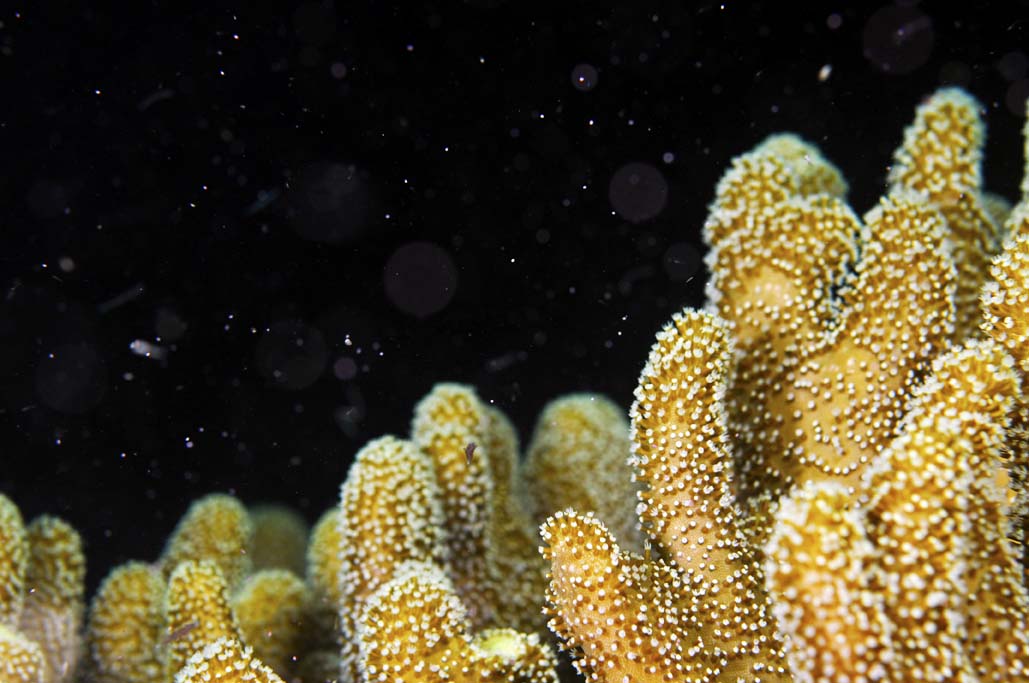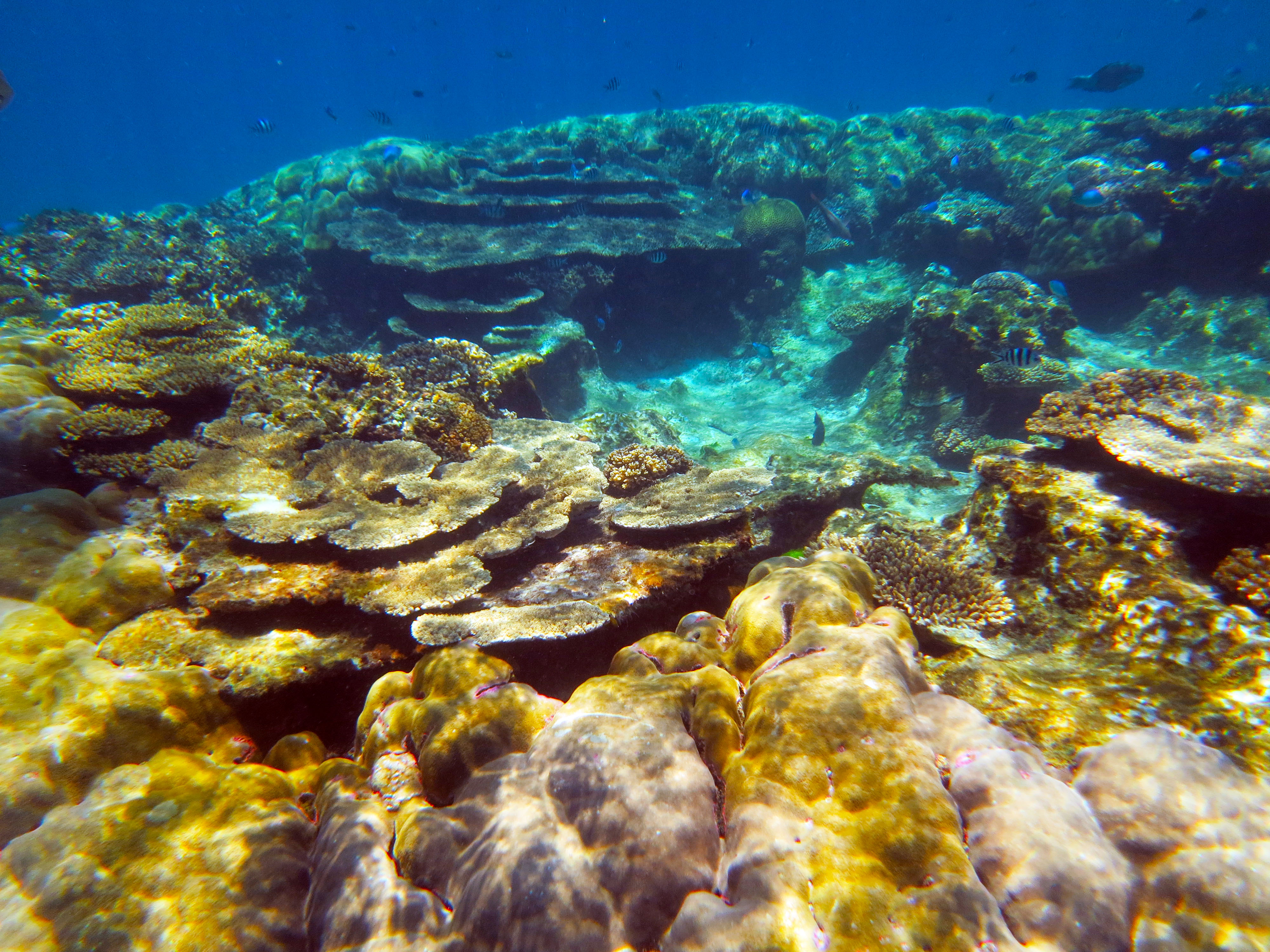
This month the Queensland marine science and scuba diving fraternity has been getting ready for the biggest sex show on the planet as the world’s largest living organism, the Great Barrier Reef, prepares for the annual coral spawning season.
Sadly, we’re not there this year – but it’s in the diary for next year. Definitely.
Sea temperatures have been hovering above the magic 26 degree mark and a late November full moon is expected to slow tidal flow to twice a day reducing the chance of sweeping the spawn out to sea.
So marine scientists believe this year’s November 22-24 spawn spectacular will be the best in years.
[youtube=http://www.youtube.com/watch?v=uZEYE2zySPQ&w=470&h=315]
According to Russell Hore, a veteran marine biologist with Quicksilver, “coral spawning is the Everest of seeing reproduction in nature and should be on every diver’s bucket list.”
“A lot of factors need to align before you can see the reef go off,” he said.
“To begin with, spawning tends to happen at night when plankton feeders are asleep (allowing eggs time to fertilize) and you need almost perfect tides, weather and temperatures.
“When you narrow it down to an event that is hit and miss; and you actually get to see it, then it’s something you will remember forever.”
But if you have missed it in the far north (like us) fear not.

Twelve hundred kilometres south of Cairns, at Lady Elliot Island Eco Resort dive instructor Ryan Jeffery says you’ll get another shot at it on the Southern Great Barrier Reef.
“Being at the southern end of the 2700km long reef, the water around Lady Elliot Island takes a little longer to hit the perfect 26 degrees and marine experts predict coral spawning will happen this year sometime between December 20 and 25.
“That’s going to be a great Christmas present for anyone here during the holiday season.”

Station Manager at neighbouring Heron Island Research Station, Doctor Elizabeth Perkins will be working with a team of University of Queensland post graduate researchers to collect spawn and conduct experiments relating to climate change.
A keen fan of what she calls ‘reproduction on a mass scale’, Dr Perkins agrees the Southern Great Barrier Reef is a good place to watch spawning.
“With the diversity and number of coral here on the Southern Great Barrier Reef, the spectacle is incredible.”
“If you pick the right night, it’s amazing to see the release. The water is alive with creatures feeding on the eggs,” she said.
“This time of year there are also turtles mating in the ocean and laying eggs on the beaches; and the waters are full of mantas (rays),
“There is a definite buzz about the reef.”
Irrespective of where divers choose to be, Perkins, Jeffery and Hore all agree that Queensland’s Great Barrier Reef is the best place in the world to see the phenomenon.
“Biologically, it’s the most diverse system in the world and there are more corals here than anywhere else,” Perkins said.
“When we talk about mass coral spawning, we are talking about branching types of coral, which make up 60 per cent of the coral on the Great Barrier Reef.”
“It’s also a lot cleaner here than other places around the world,” adds Jeffery.



